... are planet forming disks with inner holes. The origins of those structures are
still unknown. They might be caused directly by planets or be formed by dynamical
processes linked to the formation of planets. As such, they represent
witnesses and probes to the formation of planets.
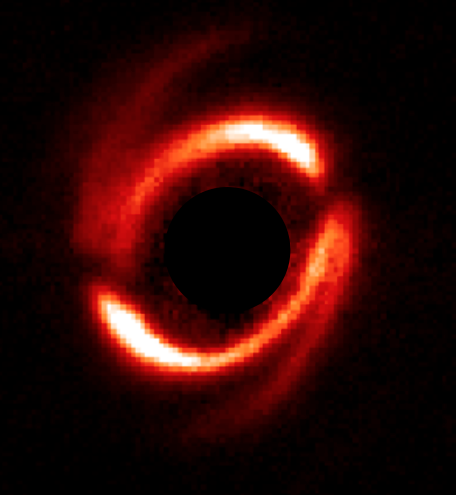
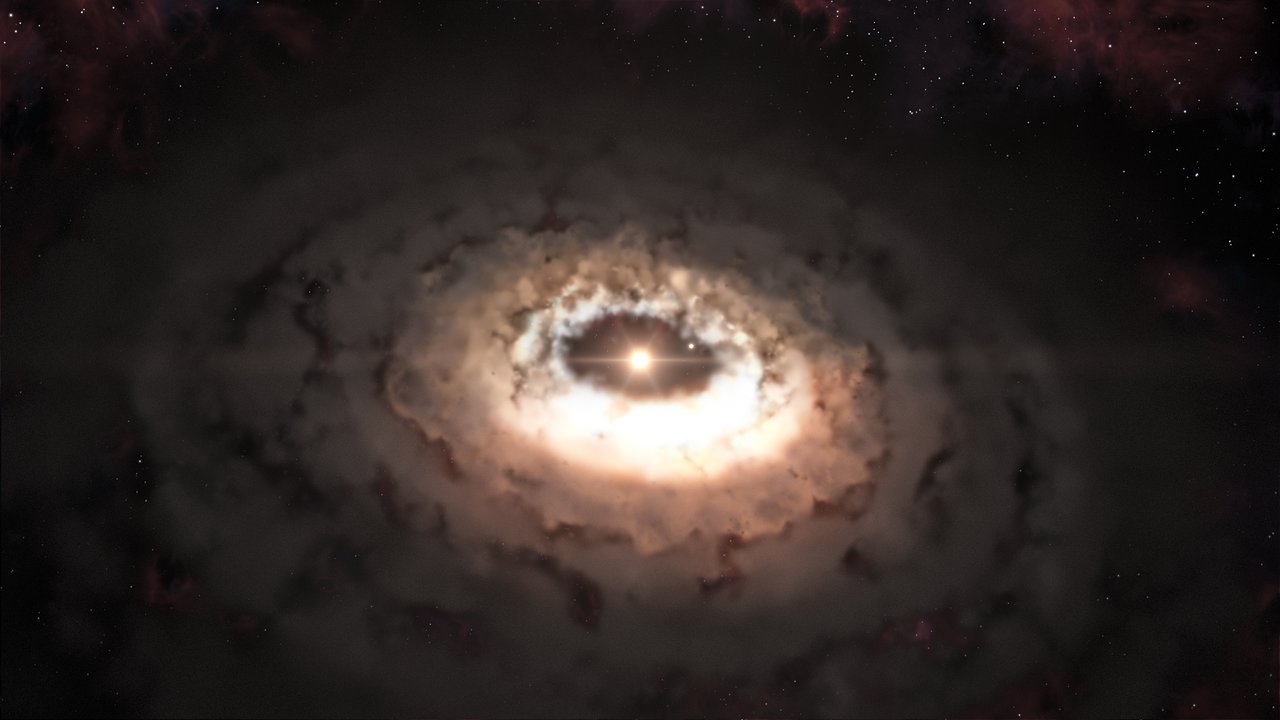 Credit: ESO/L. Calçada
Recent surveys have shown an overwhelming diversity of extrasolar planetary
systems, prompting the question of how did they form, and whether some may end up looking
like our own and being able to sustain
life. Hints to answer such fundamental questions may be hidden in the many trends that
are slowly emerging from the data. An example are the deserts and peaks in the
distribution of giant exoplanets, with clear implications for habitability
of systems, given the role played by giants on the delivery of volatiles to terrestrial
planets (e.g., Quintana & Lissauer 2014). The environment in which planets form plays a
major role in understanding both the variety of exoplanets
and the emerging trends. Planets are born out of the dust and gas left over whenever a
new star forms: the protoplanetary disk. The initial conditions for planet formation are
thus determined by the protoplanetary disks, which evolve
and disperse as they give birth to planets.
Credit: ESO/L. Calçada
Recent surveys have shown an overwhelming diversity of extrasolar planetary
systems, prompting the question of how did they form, and whether some may end up looking
like our own and being able to sustain
life. Hints to answer such fundamental questions may be hidden in the many trends that
are slowly emerging from the data. An example are the deserts and peaks in the
distribution of giant exoplanets, with clear implications for habitability
of systems, given the role played by giants on the delivery of volatiles to terrestrial
planets (e.g., Quintana & Lissauer 2014). The environment in which planets form plays a
major role in understanding both the variety of exoplanets
and the emerging trends. Planets are born out of the dust and gas left over whenever a
new star forms: the protoplanetary disk. The initial conditions for planet formation are
thus determined by the protoplanetary disks, which evolve
and disperse as they give birth to planets.
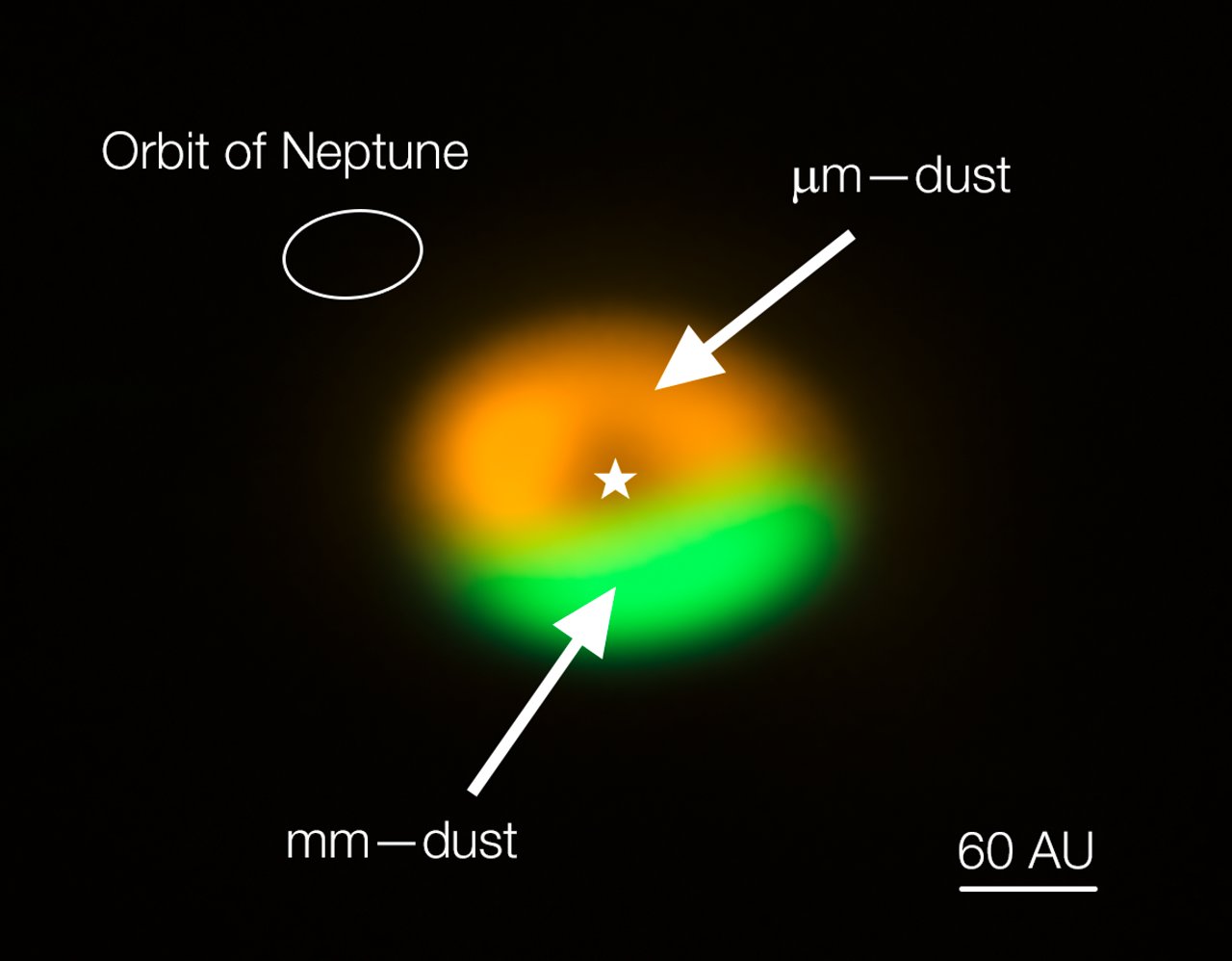 ALMA (ESO/NAOJ/NRAO)/Nienke van der Marel
TDs are only now really becoming spatially resolvable thanks to facilities like
ALMA and VLT - SPHERE, making their study a timely and urgent task. Only understanding
the disk evolution and the planet-disk
interactions allow the large body of existing and planned observations to be exploited to
answer more complex questions like the formation of planetary systems capable to host
life. This requires a focussed effort from several communities
to devise a multi-pronged strategy to approach to tackle the problem. Specifically,
multiwavelength observations of disks at different stages of evolution together with
exoplanet and disk statistics should be used to constrain a concerted
theoretical modelling effort including the hydrodynamics of the dust and gas component of
disks, with and without planets, joint to chemical and radiative transfer calculations,
particularly of the surface layers and winds of disks
in (or just before) the transition phase. This is the motivation for the Research Unit.
ALMA (ESO/NAOJ/NRAO)/Nienke van der Marel
TDs are only now really becoming spatially resolvable thanks to facilities like
ALMA and VLT - SPHERE, making their study a timely and urgent task. Only understanding
the disk evolution and the planet-disk
interactions allow the large body of existing and planned observations to be exploited to
answer more complex questions like the formation of planetary systems capable to host
life. This requires a focussed effort from several communities
to devise a multi-pronged strategy to approach to tackle the problem. Specifically,
multiwavelength observations of disks at different stages of evolution together with
exoplanet and disk statistics should be used to constrain a concerted
theoretical modelling effort including the hydrodynamics of the dust and gas component of
disks, with and without planets, joint to chemical and radiative transfer calculations,
particularly of the surface layers and winds of disks
in (or just before) the transition phase. This is the motivation for the Research Unit.
Project A1
Project A1 focusses on collecting
and analysing existing ALMA data and complementing those with additional ALMA, VLA
and high-contrast infrared imaging observations. The aim is to characterize the content
and properties of solids and gas in TDs and to compare with the demographical properties
of evolving disk populations. Evidence for dust and gas evolution, including grain growth,
and planet-disk interactions will be characterised in order to provide direct observational
tests of planet formation and dispersal theories, necessary to interpret the observational
appearance of Type 1 and 2 TDs.
[Internal] A1 Project Slides
Project A2
The focus of project A2 is on the central star properties
and their relation to the accretion properties of the disk, which may be modulated by the disk
dispersal mechanisms that lead to the formation of TDs.
[Internal] A2 Project Slides
Project B1
Aim
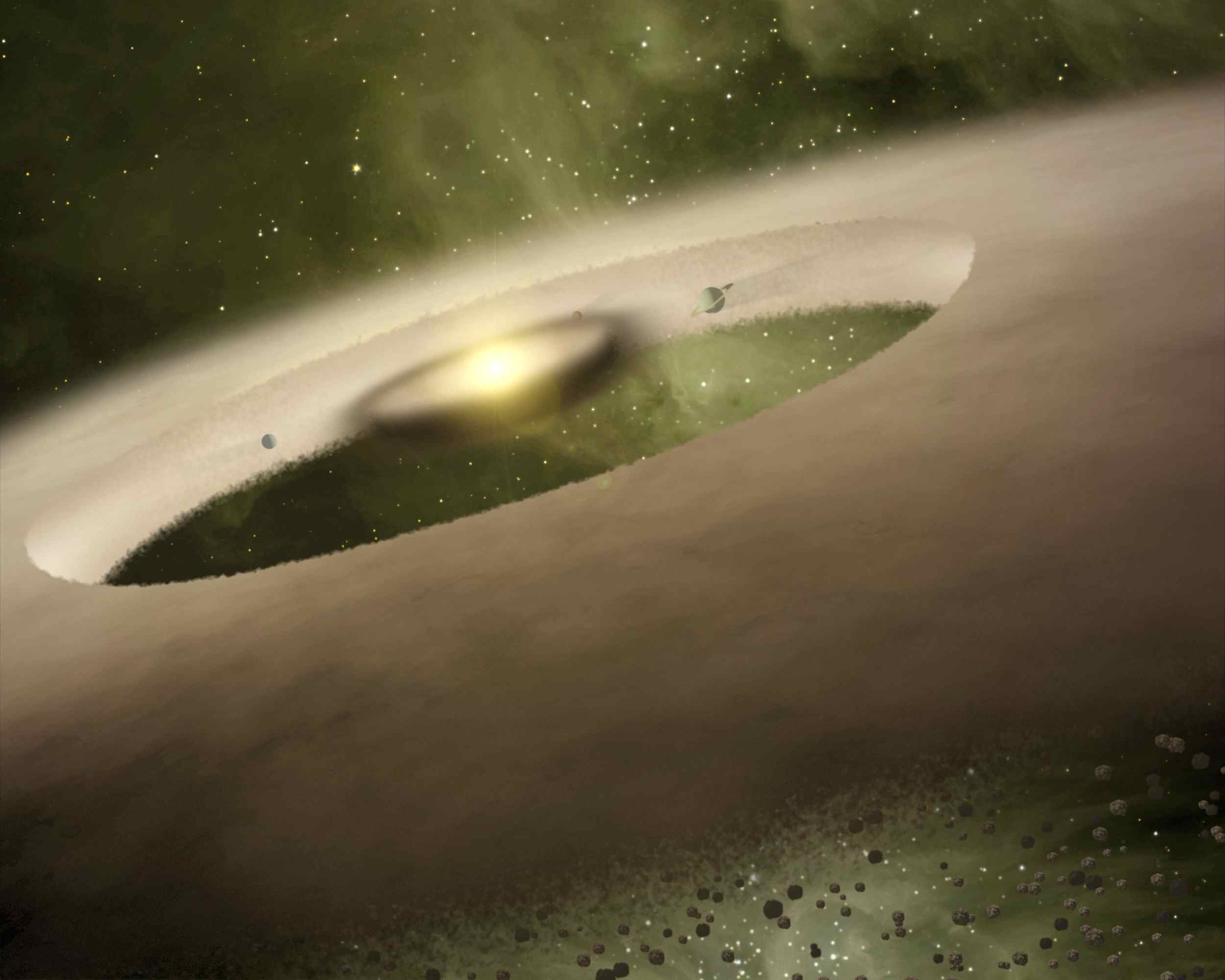 Credit: NASA/JPL-Caltech
Building the most comprehensive radiation-hydrodynamical calculations of irradiated disks, coupled to photoionisation, chemistry and radiative transfer calculations for a large parameter space, covering stars of different masses and X-ray properties.
This will constitute the backbone for the work carried out in several projects, which together aim at performing quantitative spectroscopy of disk winds.
Credit: NASA/JPL-Caltech
Building the most comprehensive radiation-hydrodynamical calculations of irradiated disks, coupled to photoionisation, chemistry and radiative transfer calculations for a large parameter space, covering stars of different masses and X-ray properties.
This will constitute the backbone for the work carried out in several projects, which together aim at performing quantitative spectroscopy of disk winds.
Comparison with existing and upcoming observations will allow us to constrain the mass loss rates and the launching regions of the wind and thus pin down the underlying driving disk dispersal mechanism. The models developed in this project will also the able to tackle several important outstanding questions about the formation and evolution of Transition Discs.
People
External collaborators:
Tools
| Parameter |
Value |
Units |
| Overview of the code details used to perform the numerical
analysis of Transition Discs presented in this Project Area. |
| Code |
PLUTO |
Mignone
et al., 2007 |
| Coordinate system |
2D spherical |
$r - \theta$ |
| Physical range |
$0.33$-$1000$ |
au |
|
$0.005$-$\pi/2$ |
rad |
| Numerical resolution |
$412$ |
log spaced (l+) |
|
$160$ |
log spaced (l-) |
| $\log_{10}{L_\mathrm{X}}$ |
$28.3, 29.3, 29.8, 30.3, 31.3, 31.8$ |
erg/s |
| Inner hole radii |
$0,4.6,14.1,21.2,30.3$ |
au |
Project B1
In project B1 we will develop
the most comprehensive radiation-hydrodynamics models of photoevaporative disk winds
to date. The physics beyond the X-ray heated layer will be accounted for for the first time.
This will be achieved by coupling the (radiation-)hydrodynamics code PLUTO to an efficient
chemical solver for a reduced network, developed in project B2.
[Internal] B1 Project Slides
Project B2
Project B2 aims at producing
a detailed astrochemical model of the disk atmosphere and its wind. By means of radiative
transfer calculations a synthetic spectrum will be obtained to be compared with state-ofthe-
art observation of spectrally resolved emission from disks, particularly those with known
cavities (TDs). The intensity and profiles of emission lines tracing the base of the wind will
allow us to put constraints on the wind-launching mechanism, responsible for the dispersal
of the disks.
[Internal] B2 Project Slides
Aim
The dynamics and evolution of dust grains in disks is the main subjects of area C.
Project C1
In project
C1 we will study the growth and trapping of dust grains at hotspots in TDs that may lead
to breaking through the meter-size barrier of radial drift, thus allowing the formation of planetesimals.
We will use hydrodynamical modelling and dust coagulation models as well as
3D radiative transfer tools. This project will feedback and take inputs from the photoevaporation modelling
performed in project B1 and it will eventually produce the underlying dust distributions
for project C2.
[Internal] C1 Project Slides
Project C2
Project C2 aims at determining the dust content of photoevaporative winds. The
latter will make use of state-of-the art models of photoevaporating primordial and TDs from
project B1 as well as inputs for the dust distributions from project C1, in order to constrain
dust entrainment in the wind, which is an important input to the chemical models in project
B2.
[Internal] C2 Project Slides
Aim
Projects in area D aim at constructing realistic simulations of planet-disk interactions and
studying the dynamical processes leading to non-axisymmetric features in order to explain
the wealth of new and intriguing observations of transitions disks.
Project D1
Project D1 aims at significantly pushing forward the state-of-the art of (radiation)-hydrodynamical models
of gap-forming giant planets embedded in disks including dust dynamics.
[Internal] D1 Project Slides
Project D2
Project D2 aims at explaining the surprising non-axisymmetric structures recently observed
with ALMA in a number of transition disks, via detailed hydrodynamical and radiative transfer models.
[Internal] D2 Project Slides (K. Dullemond)
[Internal] D2 Project Slides (M. Küffmeier)
[Internal] D2 Project Slides (P. Rometsch)


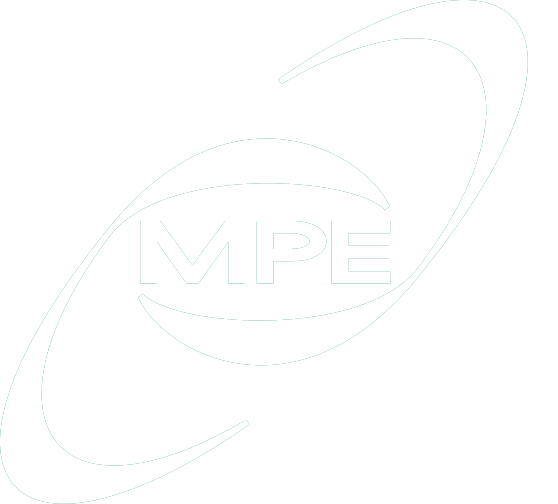
 Credit: ESO/L. Calçada
Credit: ESO/L. Calçada
 ALMA (ESO/NAOJ/NRAO)/Nienke van der Marel
ALMA (ESO/NAOJ/NRAO)/Nienke van der Marel
 Credit: NASA/JPL-Caltech
Credit: NASA/JPL-Caltech